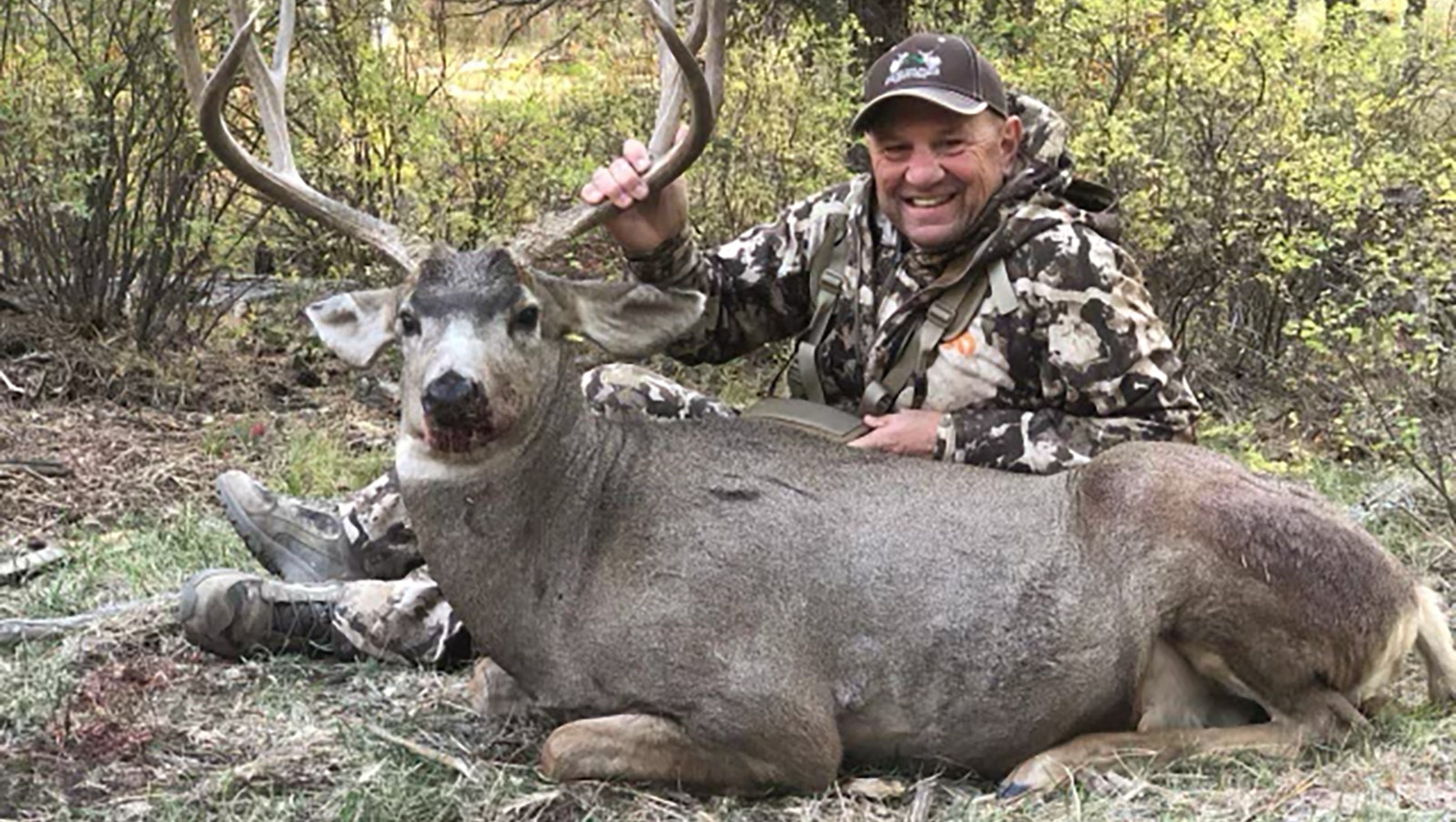Hunting tag prices and the complexities of applying to hunt in Wyoming and the West are making it increasingly difficult for nonresidents, said a pair of avid out-of-state hunters who love hunting in the Cowboy State.
Jeff Frischkorn has hunted antelope in Wyoming, and would love to return. Joe Capone has hunted in other Western states, and longs to come to Wyoming after elk.
Both Ohio residents told Cowboy State Daily that increasing tag prices, and the complexities of the hunting tag application process, are cooling them off on hunting in Wyoming, and it’s having the same effect on others.
Nonresident hunting tags might account for more than $40 million each year, or up to 77% of the total revenue generated from hunting tag sales, according to the Wyoming Game and Fish Commission.
Wyoming recently hiked its prices for nonresident “special draw” tags to the point where elk tags in that category are nearly $2,000. And there was a drop-off in nonresident elk hunting tag applications this year.
‘Western Mystique’
Wyoming is a special place that has a strong draw for hunters from all over the country, Frischkorn said.
“I think there’s a lot of mystique about hunting the West,” he said. “You’ve got the wide-open spaces. You’ve got the elk. You’ve got the elk, you’ve got the antelope, and you’ve got the mule deer.
“Maybe the Western states think the can get away with it (tag price hikes) because they’ve always gotten away with it.”
Capone said he’s enjoyed hunting in New Mexico, a state with a reputation for producing some absolute monster trophy mule deer bucks and bull elk.
And while Wyoming doesn’t have that same reputation for record-breaking trophies, what it does have is abundant herds and hunting opportunities, plus some of the most remote and wild country in the Lower 48.
Trophy bull and buck hunting in New Mexico has become essentially a rich man’s sport, Capone said. Premium hunting tag prices have soared up to several thousand dollars each, and there are guide fees on top of that.
With travel expenses figured in, a New Mexico trophy hunt can cost “into the $20,000 range,” he said.
And besides, at 64, he really wants to see and hunt in Wyoming while he’s still spry enough. His dream hunt would be going after elk somewhere deep in the rugged wilderness of western Wyoming’s mountains.

Building Up Points
The recent hike in special draw elk tags has given Capone some pause. But he’s also somewhat vexed by the collection of “preference points.”
Hunters can collect one preference point every year for their most-desired tags, at $50 each. Each point betters the hunter’s odds in the annual hunting tag drawings.
Capone has 10 preference points built up for an elk tag, but he knows the clock is ticking.
“For a guy in his 20s, (the preference point system) might get him out to Wyoming three or four times during his life. For a guy my age, it’s going to be one and done,” he said.
Capone recalled going on his first Western hunt — after mule deer in Colorado — right after he graduated from college.
“I think the whole hunt cost me $2,200. And that was with a guide, on horseback into the backcountry, and tenting it out,” he said.
He realizes a Wyoming hunt might cost him nearly that much for just the elk tag. But he’s not ready to give up quite yet.
There aren’t any elk in Ohio, but some nearby states, such as Wisconsin and Pennsylvania, have herds and offer some elk tags at reasonable prices.
But Capone wants the authentic Wyoming wilderness experience.
“I’m definitely going to try for Wyoming,” he said.
Hunters Have Got To Stick Together
Frischkorn loves hunting in Ohio and many other states. He regularly travels to Florida to hunt and fish.
“An annual saltwater fishing license in Florida costs me $50. When I go down there, is can hog hunt for free. As long as I’m not on private land, hog hunting doesn’t cost me anything,” he said.
A nonresident moose tag in Maine costs about $500, and a turkey/deer combo license in Pennsylvania is about $120, he said.
Ohio’s nonresident hunting tags fees are reasonable too, Frischkorn said.
“I know we get a few hunters from Wyoming who come out here to hunt whitetail deer. We’ve got some really big whitetail out here, and the nonresident tag is about only $200,” he said.
But despite the abundance of hunting opportunities in his home state and the surrounding region, Frischkorn would still love to return for more hunts in Wyoming. Although the price hikes for some nonresident tags have him questioning if it’s really worth it.
He noted that when he’s hunted in Wyoming, residents made him feel welcome. And he doesn’t want the price of hunting tags to create resentment between resident and nonresident hunters.
All hunters should share a sense of comradery, he said. And huge gaps between the price of resident and nonresident tags could undermine that.
“It’s not good for the hunting and fishing industry and hunters and anglers in general. It creates an ‘us vs. them’ mentality,” he said.
Mark Heinz can be reached at mark@cowboystatedaily.com.





